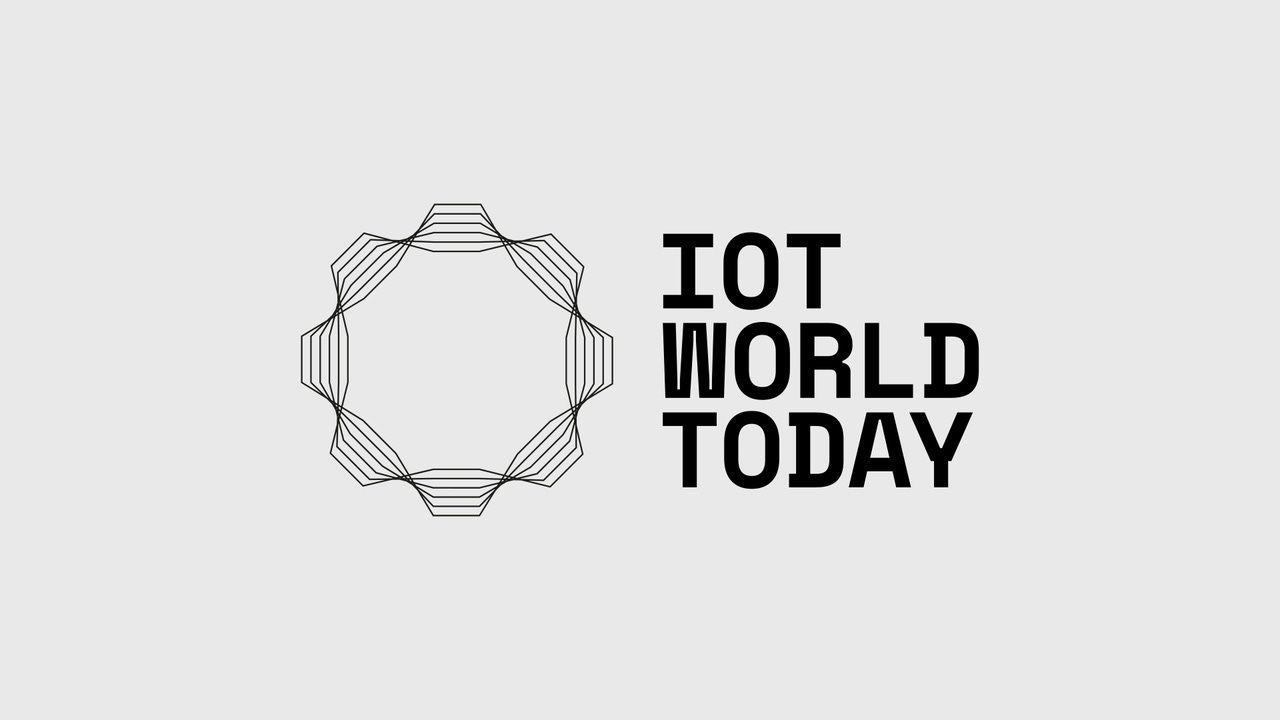Inside Jawbone's high-risk plan to become a medical device makerInside Jawbone's high-risk plan to become a medical device maker
Give Hosain Rahman credit for persistence.
August 18, 2017

Having presided over the demise of his consumer gadget startup Jawbone, Rahman has pitched investors on a company that will sell medical devices and related services to the health care industry.
The CEO was circulating outlines of his ambitions as early as October 2016. The documents, obtained by Bloomberg, describe some of the tools under consideration, including sensors that track a range of bodily metrics, from hydration and respiration to blood pressure and alcohol levels.
The plans included the creation of “killer applications” that reverse, delay and improve diabetes and hypertension; detect and monitor abnormal heart rhythms; and improve stress management, according to the documents. “Consumer-grade tracking will evolve to accurate clinical, then medical-grade monitoring,” the documents said.
In an emailed statement, the company — now known as Jawbone Health Hub — said the documents are no longer an accurate representation of its plans but declined to say how those plans have changed. “The documents — if legitimate and not doctored — are nearly a year old, for a different company with a different business plan and different product line than the company we are currently operating,” Jawbone said. “Our new business plans remain confidential.”
Moving into medical devices is audacious. After being forced to liquidate the original Jawbone because it couldn’t compete with bigger companies such as Apple and Samsung Electronics in the nascent wearables market, Rahman now hopes to take on a slew of rivals, from upstarts like Fitbit to giant medical device makers such as Medtronic Plc, which despite having billions in research funds took more than a decade to get a device for diabetics to market.
Dr. Steven Nissen, who runs the Department of Cardiovascular Medicine at the Cleveland Clinic, gives any startup’s move into medical devices long odds. “First startups have to build it, prove that it works, then you have to get regulators to agree that it works, then you have to show that it has medical value,” he says. “That’s not so simple.”
The documents show that Jawbone was planning to harvest some of its technology and ideas from Spectros Corp., a Campbell, California-based maker of medical devices that Rahman acquired in 2015. Spectros founder David Benaron is now chief medical officer of Jawbone Health Hub. The two companies created a bracelet based on the T-Stat oximeter, according to one document. The 11-pound machine that measures oxygen in tissues and is sold to hospitals and surgical practices, according to the Spectros website.
The bracelet can detect a heart attack or failure by alerting the user when tissue isn’t getting enough blood, according to a video link cited in the document. The device uses white light and need not touch the skin, according to the video.
The plans included a potential partnership with Microsoft Corp., which has an app that tracks health and fitness data. Earlier this year, the company unveiled HealthVault Insights that, among other things, works with trackers to make sure patients stick to care plans after leaving the hospital. Under a scenario laid out in the investor pitch, Microsoft would have distributed Jawbone devices and wellness software to corporate customers around the globe. Medical data gathered by the gadgets would sync with Microsoft’s email and calendar products and alert users when to move and what to eat.
Microsoft didn’t return several requests for comment.
Eventually, Jawbone has said it wants to sell clinical-grade health tracking devices. Products outlined in October include blood-pressure monitors for people suffering from hypertension and a wearable device for diabetes patients; weekly reports on their progress would go to families and physicians. Buyers of both devices would also be enrolled in 12-week disease-management courses, according to the documents.
Stress management is another focus. The documents sketch out plans to measure respiration, galvanic skin response, skin temperature and blood pressure to detect moments of stress throughout the user’s waking hours. There would be a companion app that would provide exercises to decrease stress. The package would cost users $7 per month per user.
Building a medical-device company will require significant R&D investment, which in turn will require investors to buy into Rahman’s latest vision. He persuaded firms like Sequoia Capital, Andreessen Horowitz and Khosla Ventures to back the original Jawbone. But the liquidation wiped out most of the combined $900 million in equity and convertible debt funding. Moreover, people who have worked with the Jawbone founder say he’s much better at selling his vision than running a company. Given the challenges ahead, Rahman will need to muster all the salesmanship he can.
About the Author
You May Also Like
.jpg?width=700&auto=webp&quality=80&disable=upscale)
.jpg?width=700&auto=webp&quality=80&disable=upscale)

.jpg?width=300&auto=webp&quality=80&disable=upscale)


